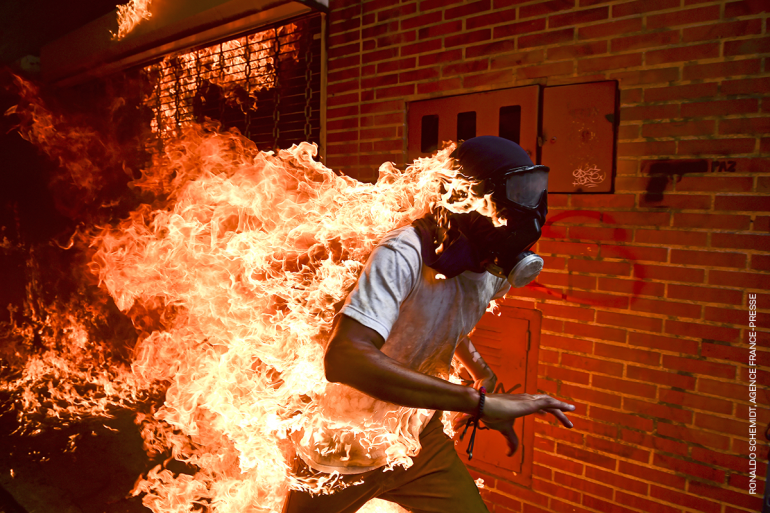by Daniela Mericio
_
Another Photolux Festival has ended, leaving a trail of images, events, visions that, in addition to broadening our horizons, invite to reflection.
The appointment with the World Press Photo in Lucca has, once again, occupied a large section on the scene of the Festival, as one would expect from the most prestigious competition of world photojournalism. Photographs of the highest level, testaments that have the task of documenting reality through the gaze of talented photographers, who are able to restore it in perfect compositions, with great emotional resonance.
Photojournalism is a window open on the world, whose first duty is to inform about events, captured through a lucid eye, inspired by criteria of credibility, reliability, truthfulness. It is less free than higher forms of photography, but that is its nature. Or at least, it should be.
In our era, known as post-truth age, often the reality is put to one side in order to induce emotions and feelings. In recent times there have been cases of tampering, inaccurate attributions or fictitious reconstructions of situations that have never occurred. Some have caused a stir and many were disqualified over several editions of the World Press Photo. The foundation that manages the award, the World Press Photo Foundation, revises its code of ethics every year and tightens the rules to access the competition in the name of professionalism. In the era of fake news and extreme superficiality in the use of news, reportage photography is the last bulwark against mystification.
There is another aspect to consider. Today the new technologies and the web give us a world where the distances have been radically reduced and in which facts no longer exist without images. As a result, there are no unattainable, inaccessible or unimaginable stories and places, at least virtually. For this reason, the transformations that invest photojournalism have been discussed for years.
Hardly a report will be our first chance to look closely at a news story. It is likely that we’d already had the opportunity to see it on the web, perhaps in amateur photos and videos made by those who have experienced it and live it in person. For this reason, the aspect that most of all claims its fundamental importance is once again the gaze of the photographer. Emotional and poignant, lucid and extreme, turned to the periphery of the action or incredibly close to its centre, as Robert Capa recommended many years ago, it does not matter. The message that must be delivered is something more than what we have already seen and known, that will take us deeper into what we are observing.
The winning shot of the World Press Photo 2018, the image of the guy on fire running away during a protest in Caracas, taken by the Venezuelan Ronaldo Schemidt of the AFP agency, is a classic news image. It was chosen, according to the jury, because it is highly symbolic, because the man on fire “not only represents himself but the idea that it is an entire country, all of Venezuela, to burn.” Beyond reality, an icon.
We try and find a gaze that reaches deep and at the same time sees further, varying the perspective. From this year, next to the Nature category, there is the Environment category, whose stories or individual shots document the human impact on the environment.
The award-winning photography, For freedom by Neil Aldridge, depicts a white rhino, sedated and blindfolded in order to be released safely, somewhere safe from poachers. A message of hope, which helps to reflect without insisting on the most excruciating aspects that are usually highlighted.
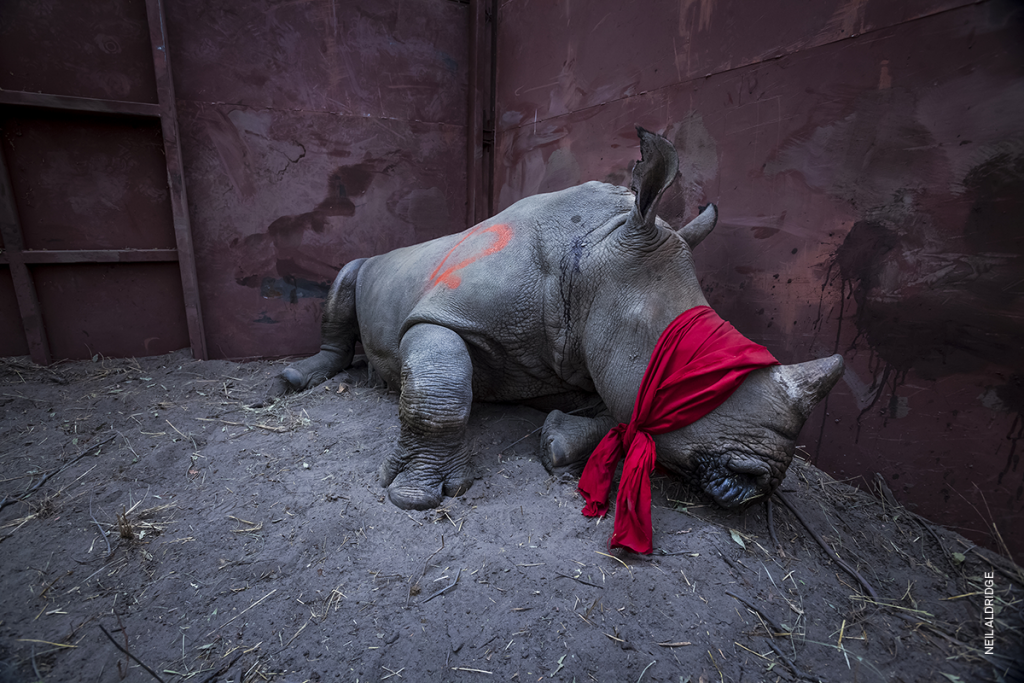
We are looking for new angles, that would explore themes that are already widely studied, with a different approach Like the image of Giulio Di Sturco, More than a woman (second place in the Contemporary Issues category) that shows a woman at the end of the process that allowed her to change her sex, immediately after the surgery.
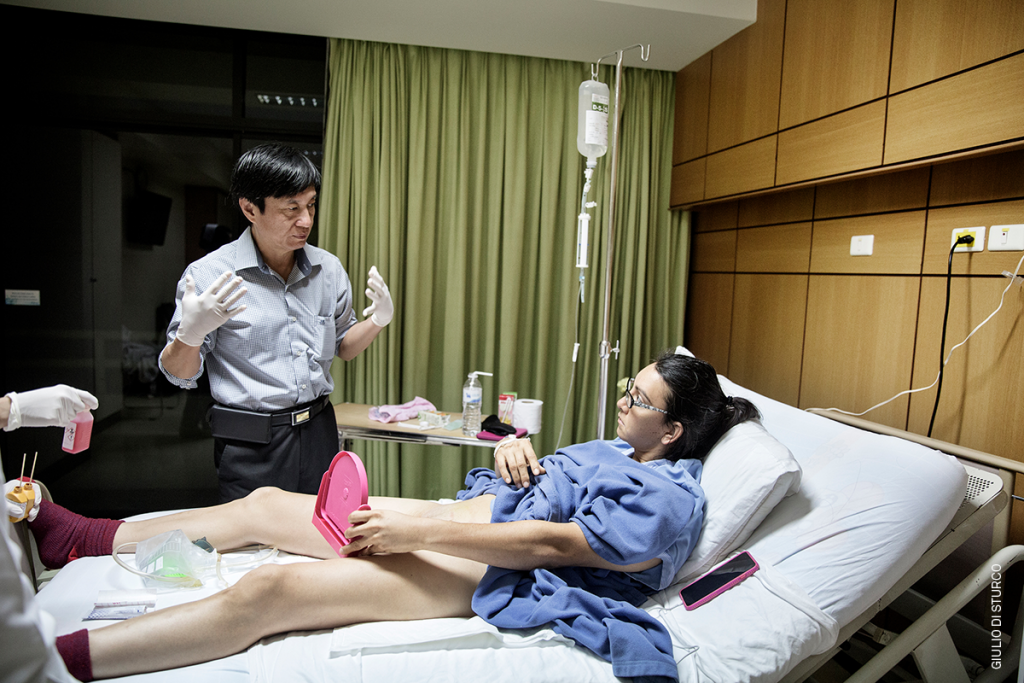
Increasingly urgent, in general, is the need for slow and in-depth observation and an interest in more fluid approaches. In the next edition of the Photo Contest, the “Story of the Year” award will be joined by the “Photo of the Year” award. Inside the Digital Storytelling Contest there will be a new award, “Online Video of the Year”.
Moreover, the Long-Term Projects category, introduced a few years ago, is a symptom of an ongoing trend that expands the time of the stories and fosters careful investigation (the work must be carried out over a minimum period of three years). In this last edition the Award was won by Dutch photographer Karla Kogelman who told the story of the life of two little sisters in a village in the Austrian countryside. The photographer has followed the girls from 2012, telling, through the detached filter of the black and white, their carefree life, and saw them growing up under affectionate but discreet eyes.. A conscious look at the existence of a border.
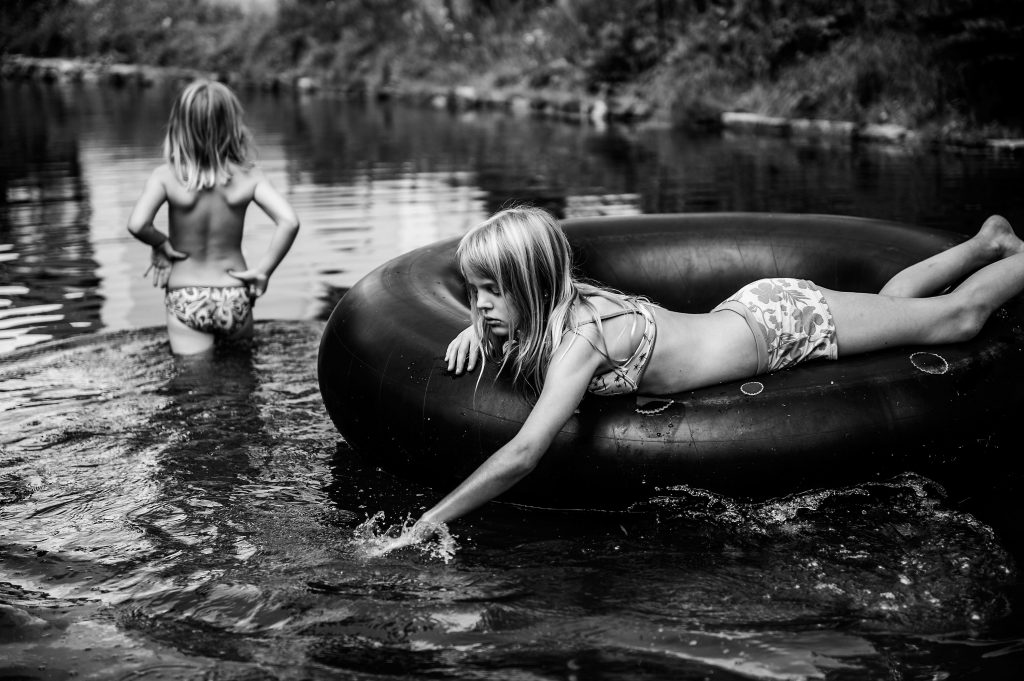
The witnessing of a transformation becomes a more of a statement when it concerns wider realities: Omo Change is a project that Fausto Podavini has carried out since 2011, which earned him the second prize in the same category. It documents the controversial construction in Ethiopia of the imposing Gibe III dam, which changed the ecosystem of the region and was defined by the photographer “a reflection on how large European investments can impact on the life of ancient ethnic groups”.
It happens then that some projects are so tied to the reality that they describe to be able to influence it: Too Young to Wed by Stephanie Sinclair, is the work of a lifetime, realized over more than 15 years. Awarded several years ago, the protagonist of this year’s Sam Press Lecture, she witnessed the tragic condition of child brides in the world and led to the creation of the homonymous NGO, which helps girls overcome their dramatic experiences.
In the frenzy of images that surround us, slowness claims its space and can find its expression even in areas not strictly linked to current affairs. A notable example, presented during a talk at Photolux, is the project Around the Walk, a “wandering workshop” an idea of Pietro Vertamy and Ilaria Di Biagio, which documents the landscape through images and writing, covering long distances on foot, rediscovering the territories under the sign of tradition and culture. A survey in slow mode, a different way of looking at reality, which allows us to unveil details and situations that are otherwise not visible.
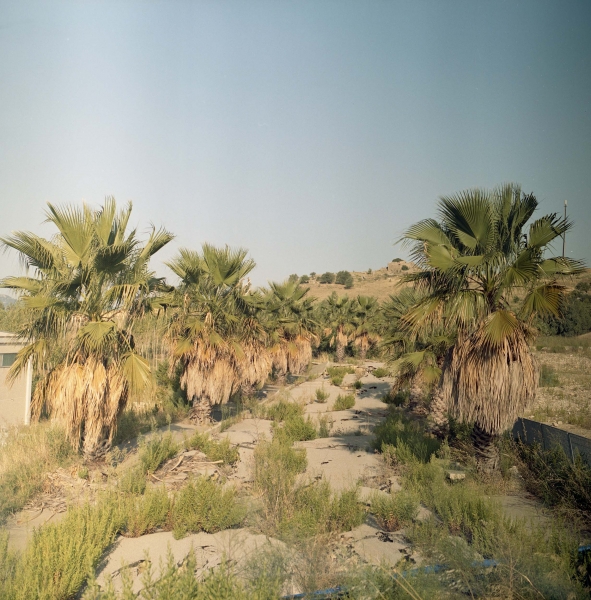
Every eye behind the lens gives us different images of the same reality, but if it is true that sometimes “it is difficult to identify where the gaze ends and the image begins”, that is the product of this look, it is also true that who uses photography as documentation should always have this gap before their eyes.
December 7, 2018
